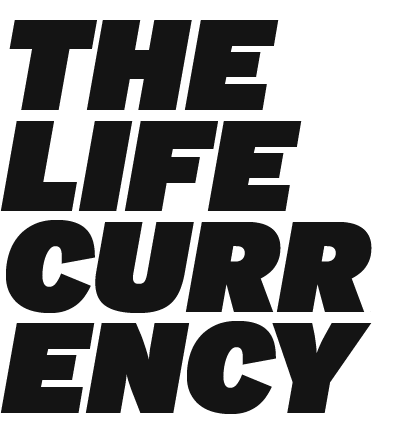Build Your own Budget: Quarantine Edition
It’s no secret: the U.S. is currently in the middle of a pandemic AND looming economic crisis. But, rather than panic, we’re here as a friendly and helpful reminder to shift attention towards things we can control — starting with our saving and spending habits.
Budgeting is the action word frequently used to describe how one manages their income. Although it can be intimidating at first, in this post, we’ll try to make the process as painless as possible while sharing tips that’ll help you create your own budget in light of COVID-19 and beyond.
Matter of fact, chances are you’re already equipped with one of the most powerful tools you could ever have in your budgeting arsenal: your phone! Given that most banks and credit unions are accessible online via the web or user-friendly apps, using your device to itemize and keep track of your expenses — including bills and purchases — is now easier than ever.
Without further ado, let’s get started on mapping out a step-by-step plan!
1. STEP ONE: COUNT IT UP
Your net income (after taxes, deductions and infrequent payments e.g. gifts or borrowed money) is where we’ll begin. Tally up your final figure from all the sources you receive payment from monthly. The fastest way to do this is by utilizing your banking app. However, if you want to go old school, feel free to use a notepad or spreadsheet instead — but make sure it’s something you won’t lose.
TIP: You’ll want to use at least three months of data, so that you can capture a good trend.
TIP: If you work in an industry that mainly deals in cash (e.g. food service, hair styling), keep a digital record in your phone’s notes app of how much you collect each day you work.
2. STEP TWO: BREAK IT DOWN
Next, identify your expenses (rent/mortgage, utility bills, auto-payments, etc.) by separating into two main categories: “must have” and “nice to have.”
TIP: Must-have expenses are ones that you can’t avoid like housing, food and transportation. Nice-to-have expenses are “luxuries” you could do without.
TIP: Don’t forget to make note of any peer-to-peer payment apps that you commonly use. You might need to refer back to them if you find payments that you’re unable to identify from your bank.
Again, the fastest way to complete this step is through your banking app, since it automatically tracks everything you pay and purchase. However, if you’re seeking another alternative with added benefits, Mint by Intuit is a free budgeting tool that syncs your bank accounts, credit cards and other money-related accounts like Venmo and CashApp to help users track incoming and outgoing money. Not only is it almost foolproof, offering perks such as budget alerts and payment reminders, it’s also super secure and relied on by over 20 million users.
3. STEP THREE: CUT IT OUT
Let’s be real here, sometimes, we overspend — meaning our expenses exceed our income. And while not ideal, it’s okay.
Moving forward, when crafting your new budget, strive to prioritize your “must-haves” over your “nice-to-haves.”
TIP: Your expenses shouldn’t reach past 50% of your total income.
TIP: The easiest way to slow spending on “must-haves” is to decrease your outside food and beverage costs. If you’re single and live in a metropolitan area, challenge yourself to allocate $50-$75 a week towards your meals by cooking them yourself. Make it fun and interesting by uploading your food pics to social media, inviting others to join in on saving more at home.
Then, take a closer look at your “nice-to-have” list. Purchases made from this list shouldn’t reach past 30% of your total income. If they do, check your recurring payments (e.g. Netflix subscription and other streaming services) and see about eliminating what you can.
TIP: Remember, it’s harder to increase your income than eliminate unnecessary expenses.
We’d be remiss not to discuss online shopping. With being at home for long periods of time, it can be really difficult to avoid temptation — especially if shopping is a form of “therapy” for you. However, if you know it’s a problem area, work a little bit of extra cash into your budget. Buying something small once a week might prevent you from making large purchases every month.
4. STEP FOUR: STAY ON TRACK
After you’ve got your expenses in check, consider planning your savings.
TIP: Your savings should start around 20% of your total income. However, don’t feel pressured to put away this amount if you’re struggling with debt. Focus on paying down your expenses and debt before putting away funds.
An effective method of saving money is through setting up automatic transfers for each bank deposit. This way, you won’t be as tempted to spend cash unmet.
IN SUMMARY: TIPS TO STAYING IN BUDGET
Identify your spending triggers.
If you deal in a cash industry, deposit your income into a bank account.
If you’re responsible with your credit, and can afford to pay your credit card statement in full each month, spend from your credit card to build your credit history.

